
Photo of the Day


LIFE IN THE LOWER SUSQUEHANNA RIVER WATERSHED
A Natural History of Conewago Falls—The Waters of Three Mile Island

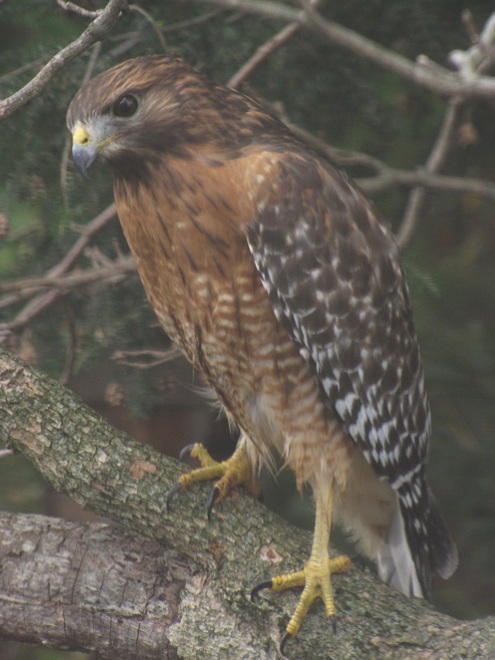
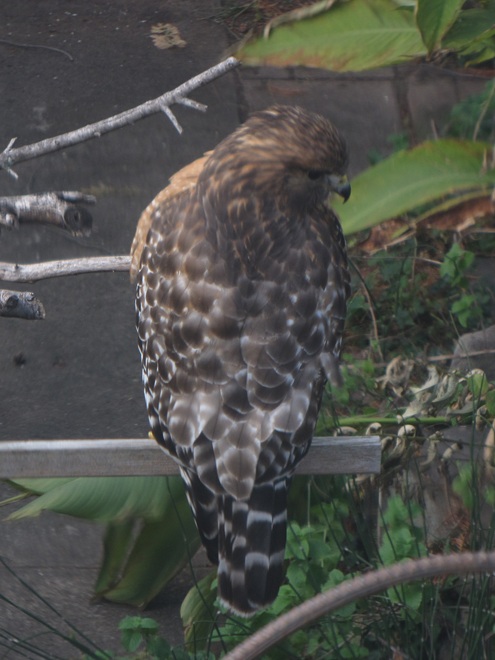
Those cold, blustery days of November can be a real downer. But there’s a silver lining to those ominous clouds, and it comes with the waves of black and mostly dark-colored migrants that stream down the ridges of the Lower Susquehanna River Watershed on their way south at this time of year.
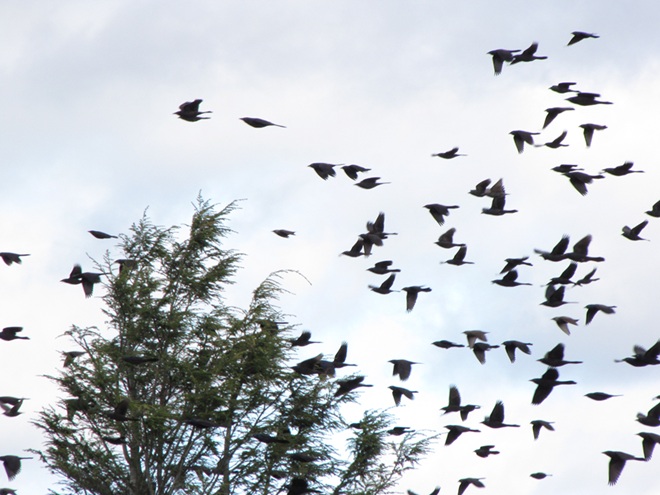
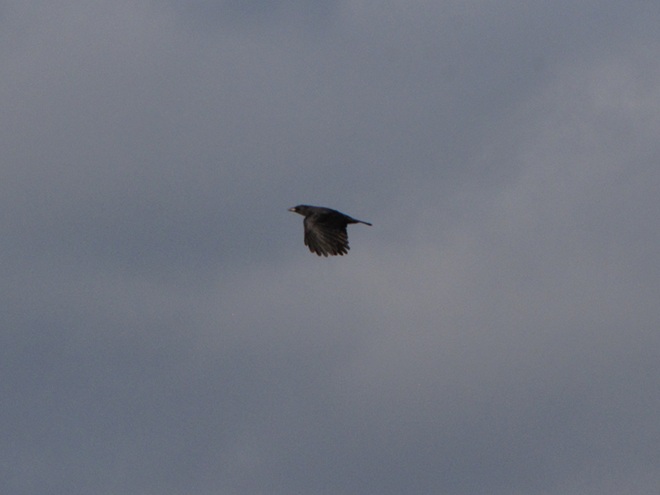
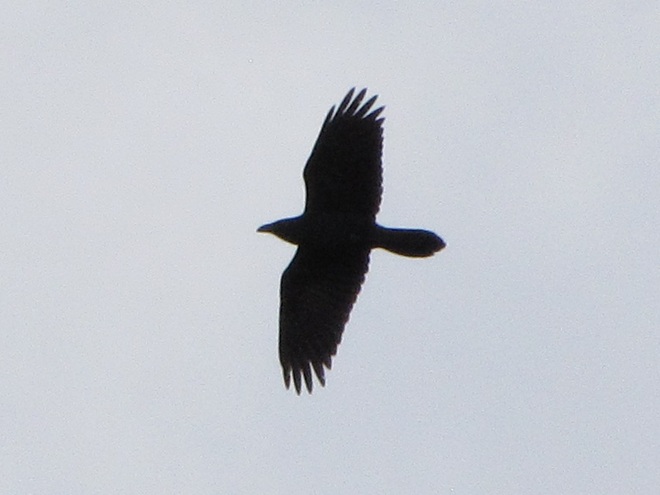
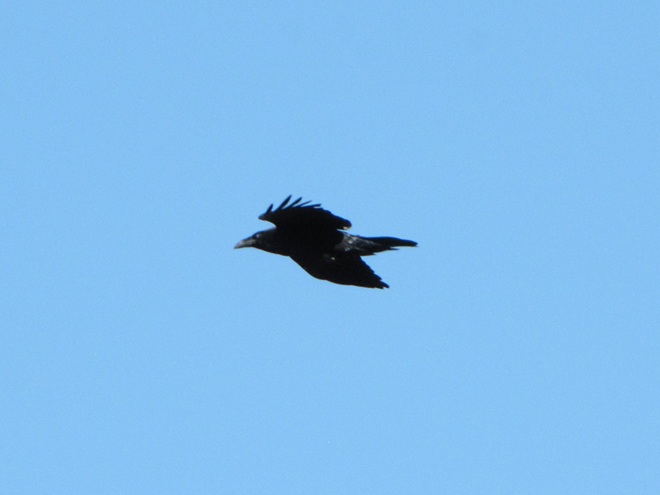
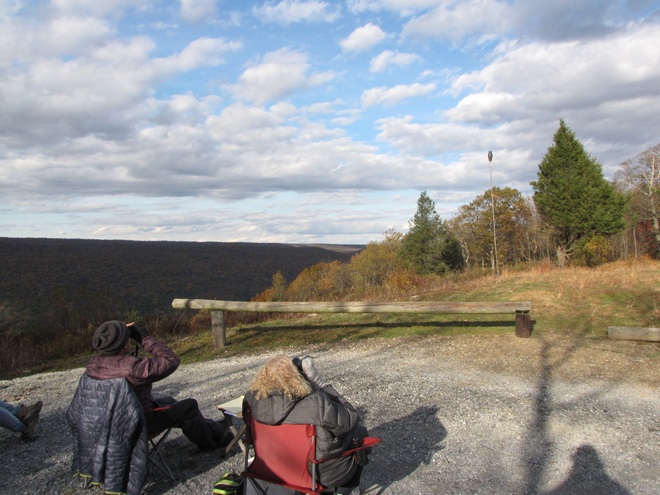
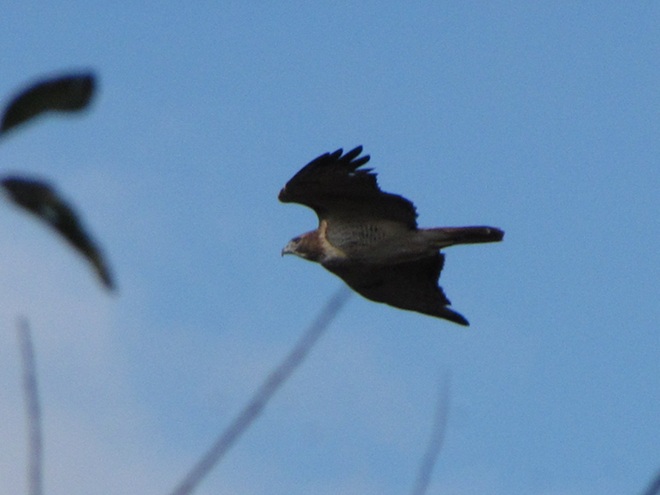
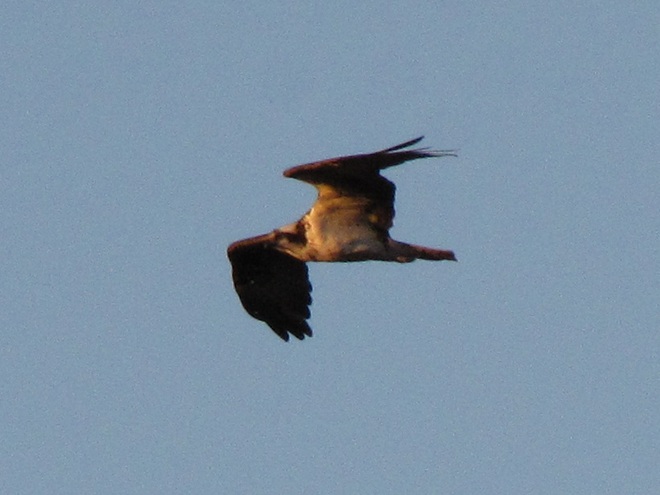
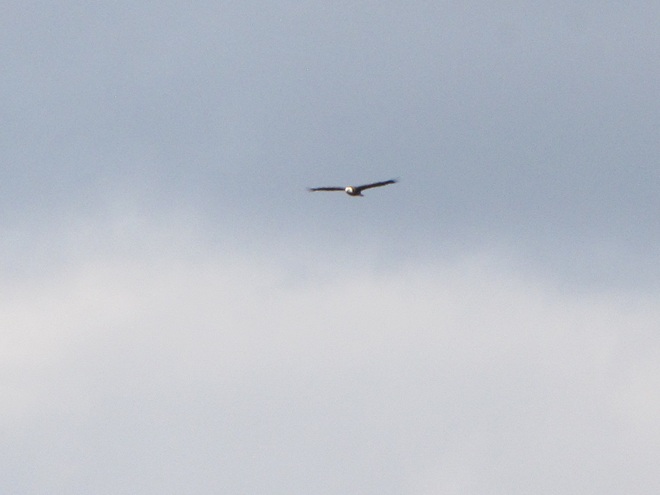
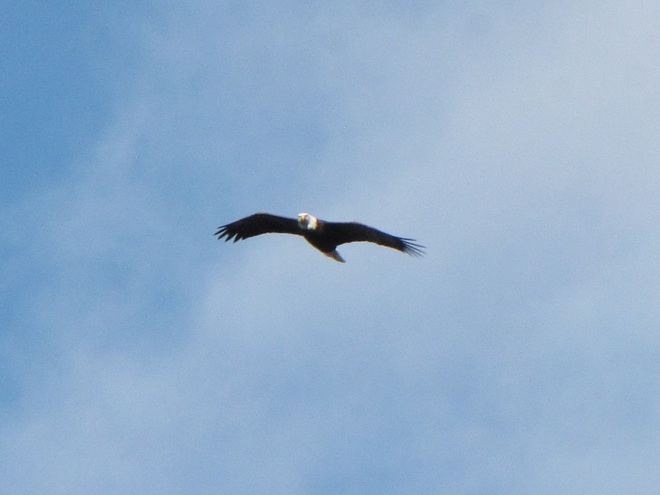

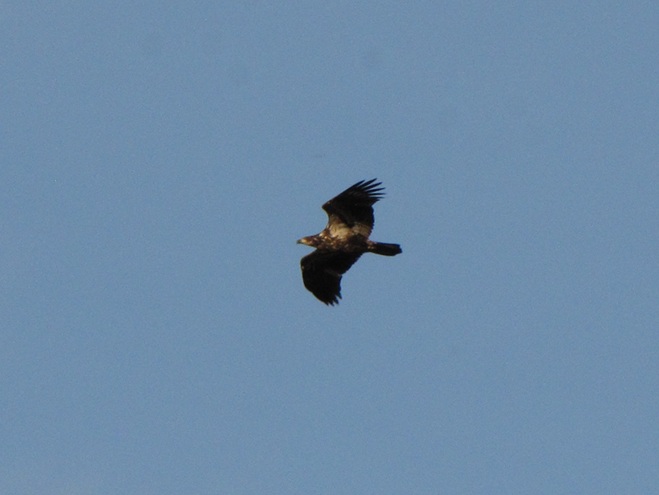
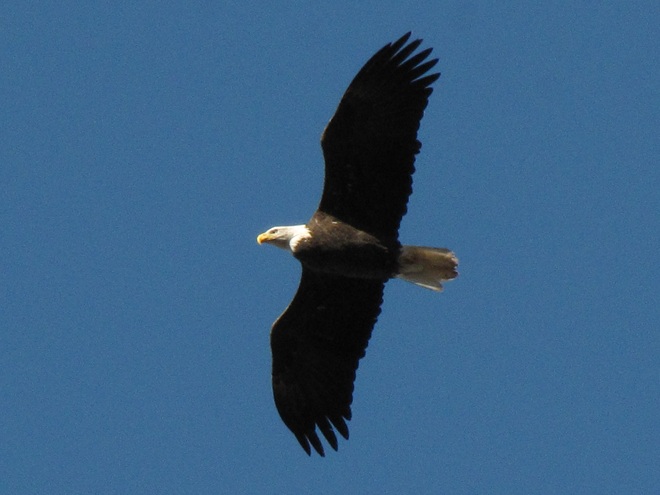

For more information on regional hawkwatching sites and raptor identification, click the “Hawkwatcher’s Helper: Identifying Bald Eagles and other Diurnal Raptors” tab at the top of this page. And for more on Golden Eagles specifically, click the “Golden Eagle Aging Chart” tab.
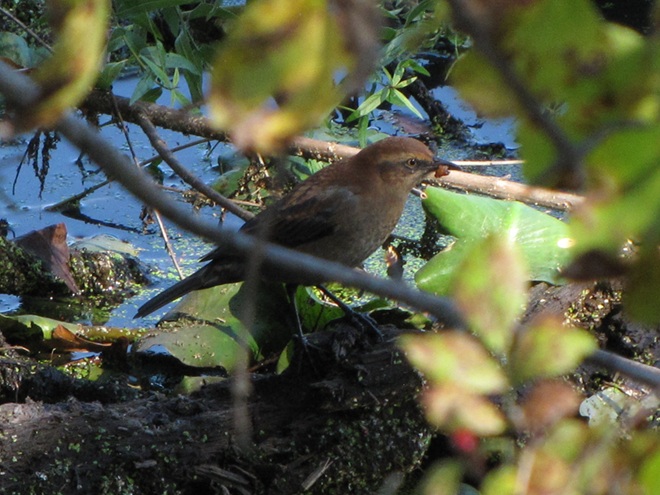
Having experienced our first frost throughout much of the lower Susquehanna valley last night, we can look forward to seeing some changes in animal behavior and distribution in the days and weeks to come. Here are a few examples…
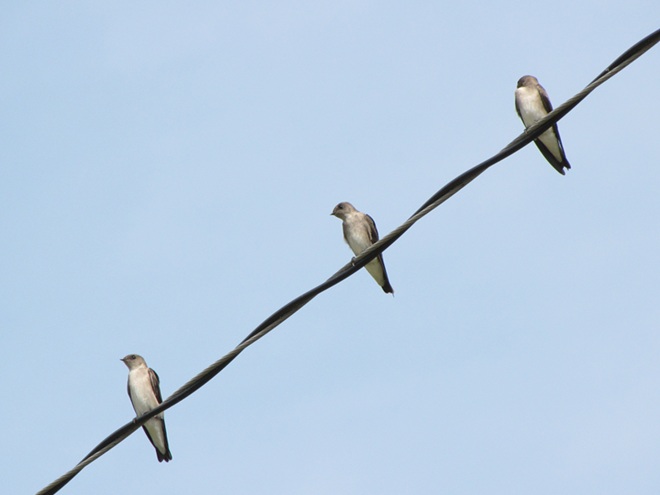
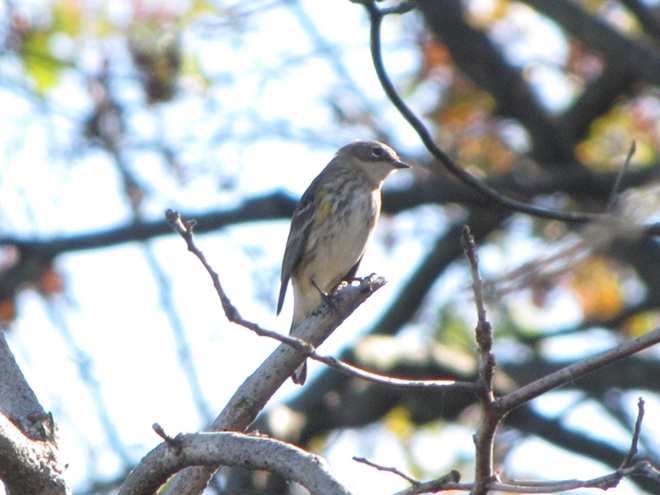
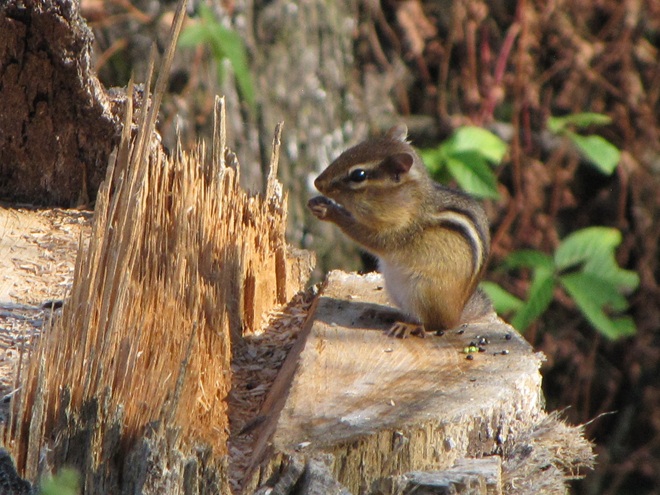
Less than ideal flying conditions can cause some of our migrating birds to make landfall in unusual places. Clouds and gloom caused a couple of travelers to pay an unexpected visit to the headquarters garden earlier today.
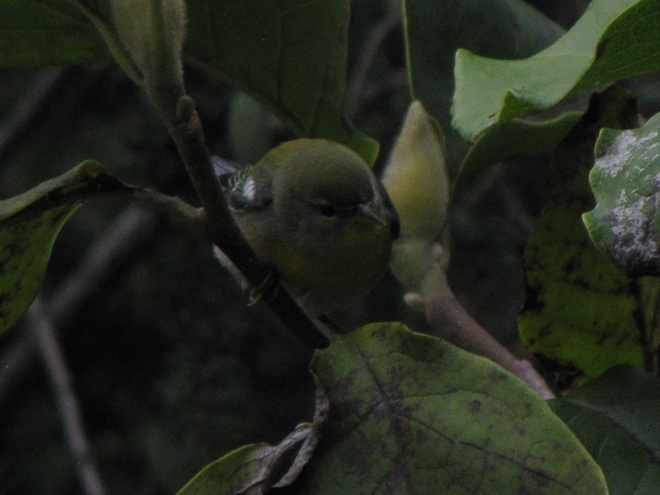
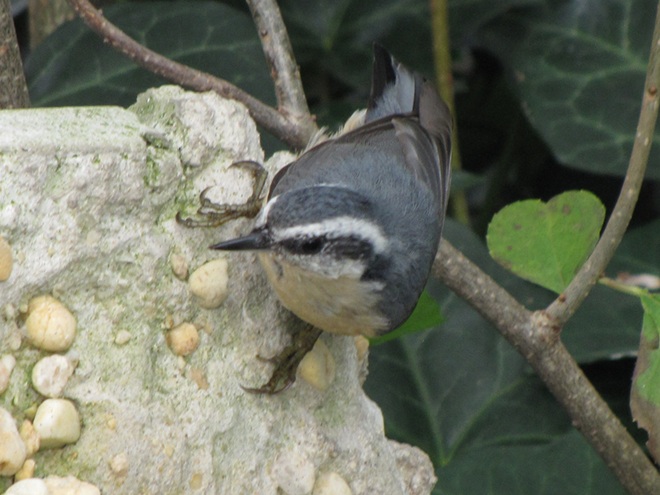
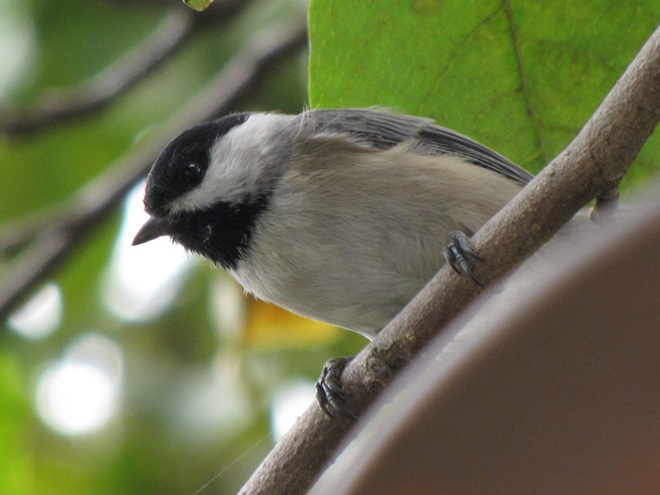
Be sure to keep an eye open for visiting migrants in your favorite garden or park during the overcast and rainy days ahead. You never know what might drop by.
Crisp cool nights have the Neotropical birds that visit our northern latitudes to nest during the summer once again headed south for the winter.
Flying through the night and zipping through the forest edges at sunrise to feed are the many species of migrating vireos, warblers, and other songbirds.




As the nocturnal migrants fade into the foliage to rest for the day, the movement of diurnal migrants picks up the pace.




To find a hawk-counting station near you, check out our “Hawkwatcher’s Helper: Identifying Bald Eagles and other Diurnal Raptors” page by clicking the tab at the top of this page. And plan to spend some time on the lookout during your visit, you never know what you might see…

Chilly nights and shorter days have triggered the autumn migration of Neotropical birds. You may not have to go far to see these two travelers. Each is a species you may be able to find migrating through your neighborhood.
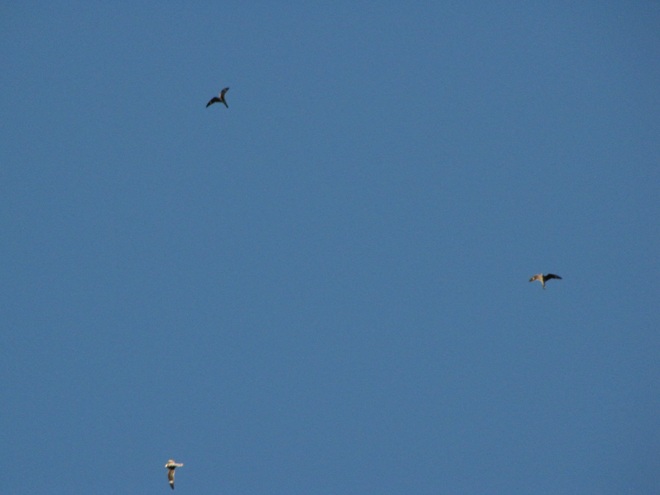
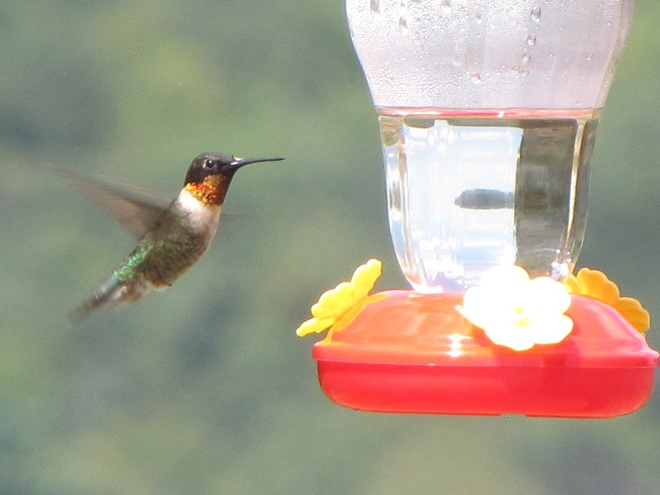
It may seem hard to believe, but the autumn migration of shorebirds and many Neotropical songbirds is now well underway. To see the former in what we hope will be large numbers in good light, we timed a visit to the man-made freshwater impoundments at Bombay Hook National Wildlife Refuge near Smyrna, Delaware, to coincide with a high-tide during the mid-morning hours. Come along for a closer look…
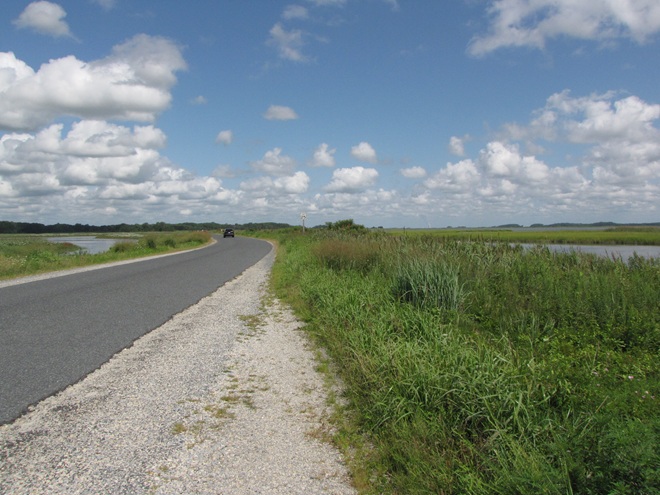
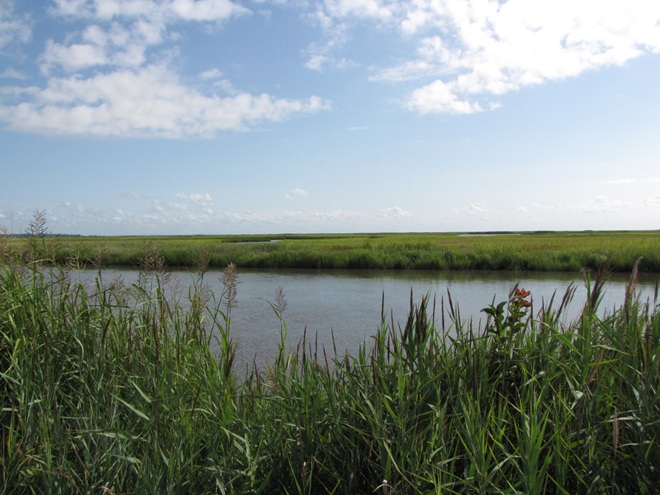
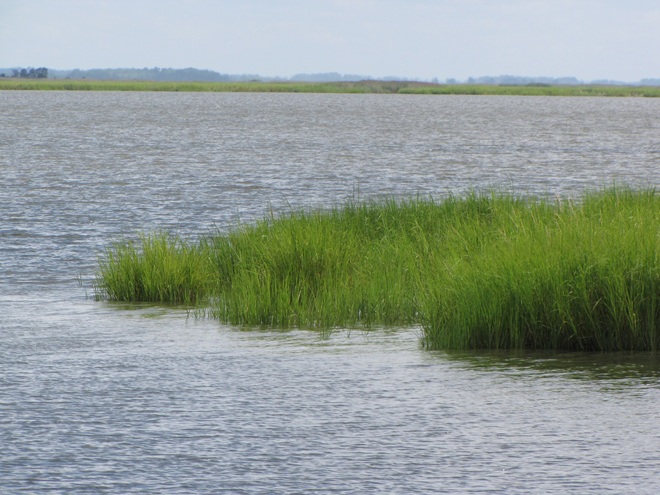
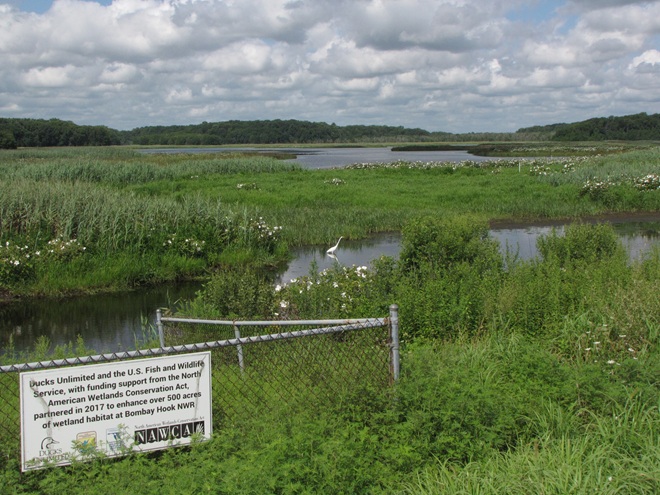
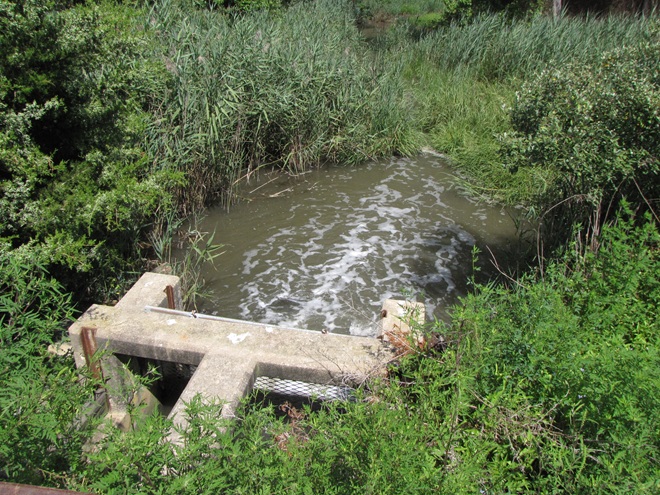
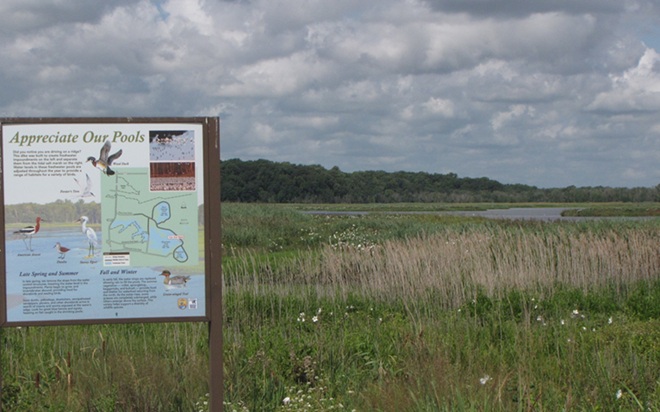
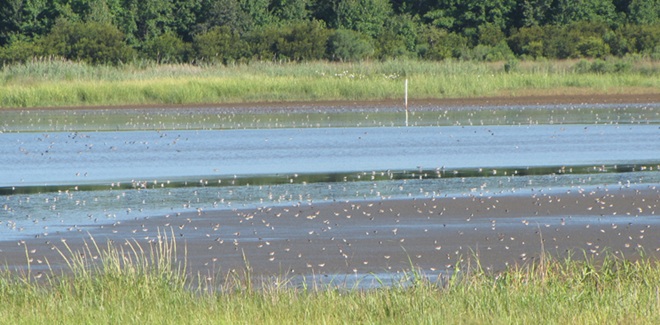
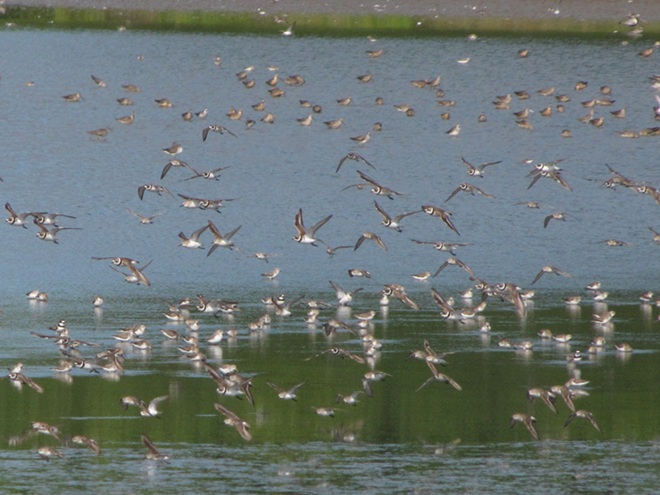
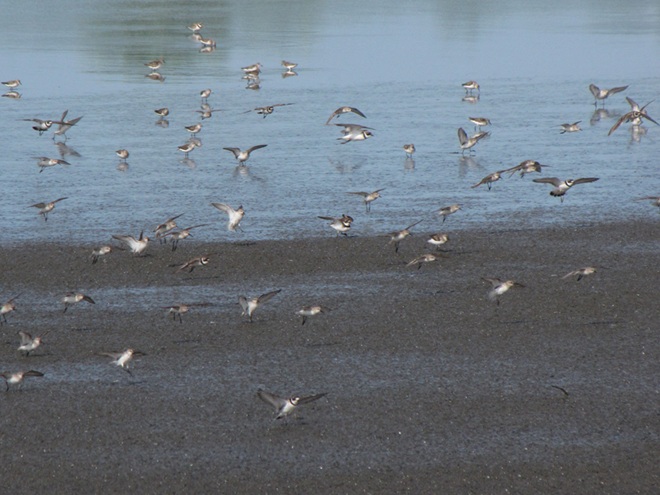
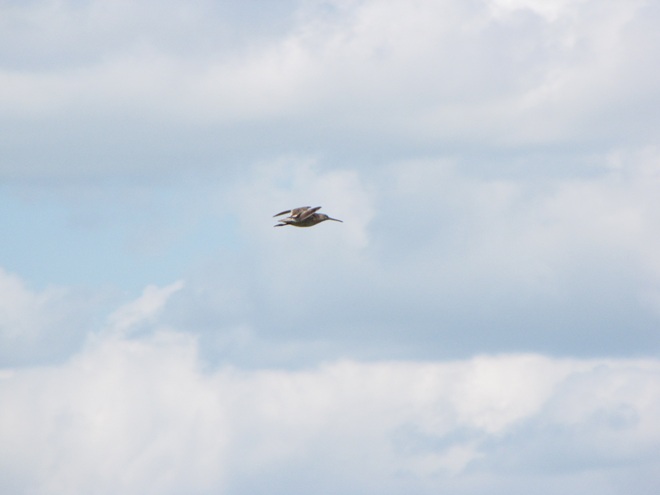
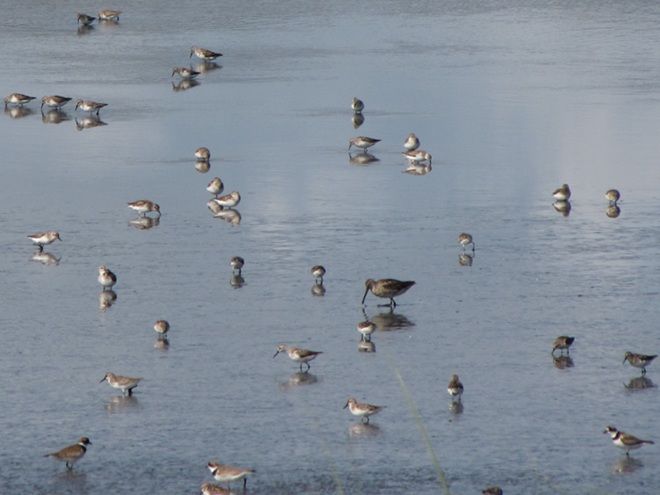
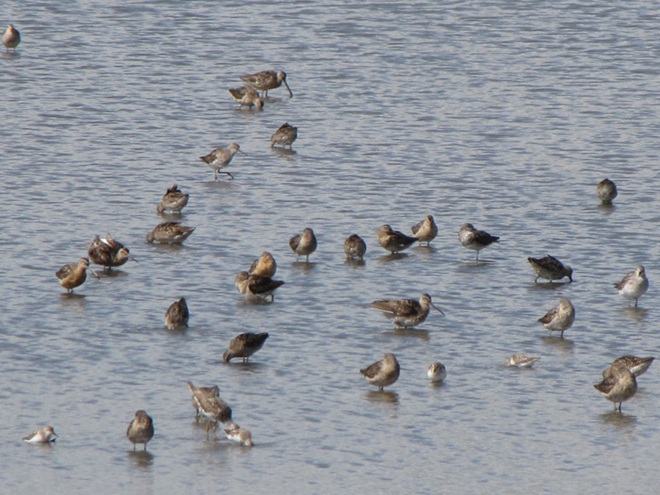
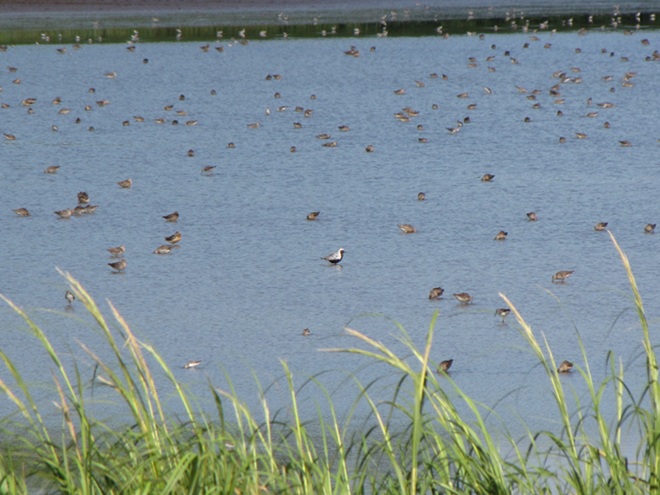
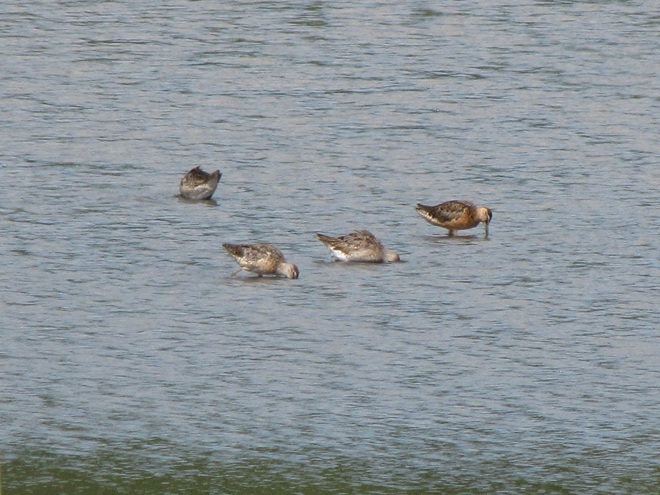
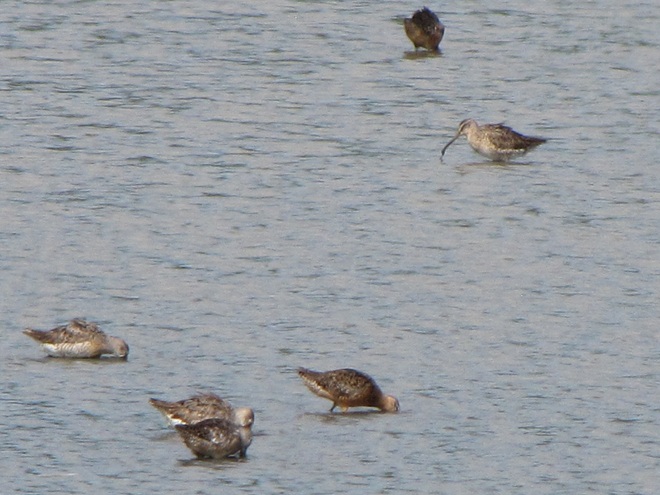
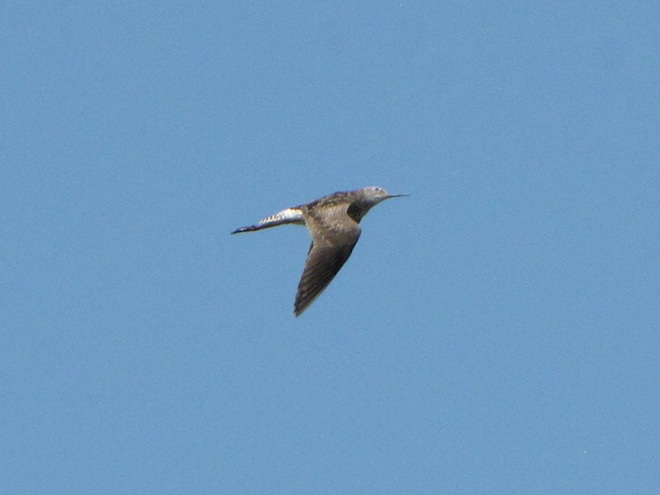
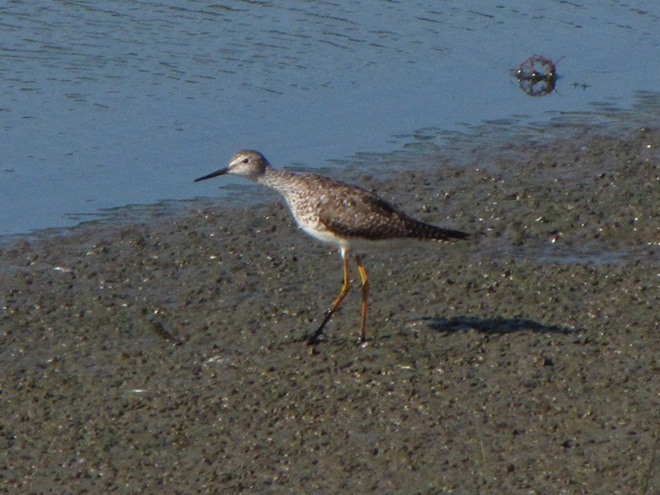
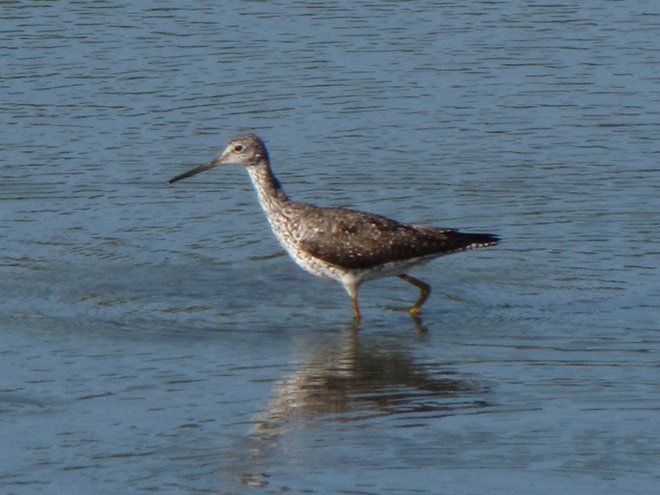
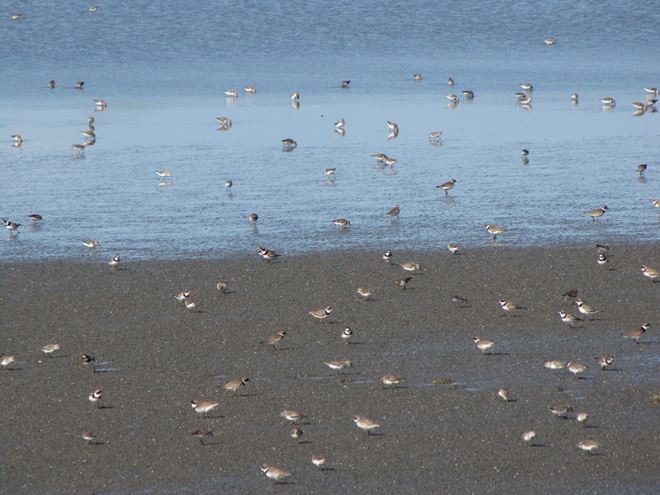
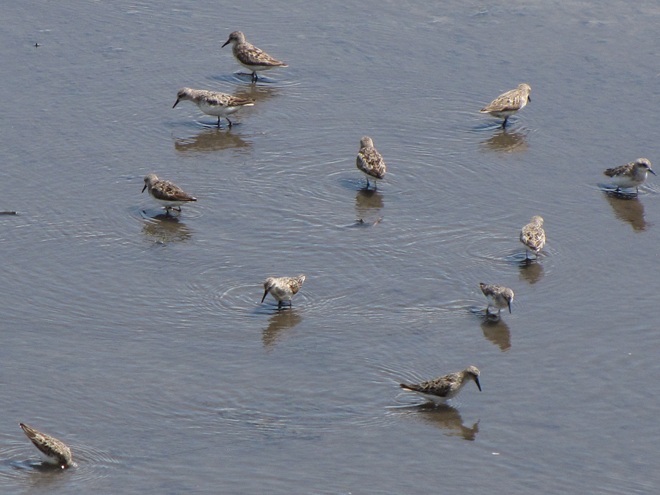
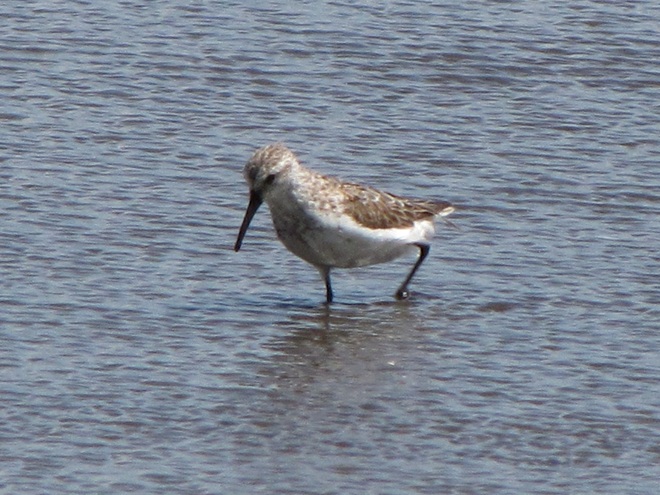
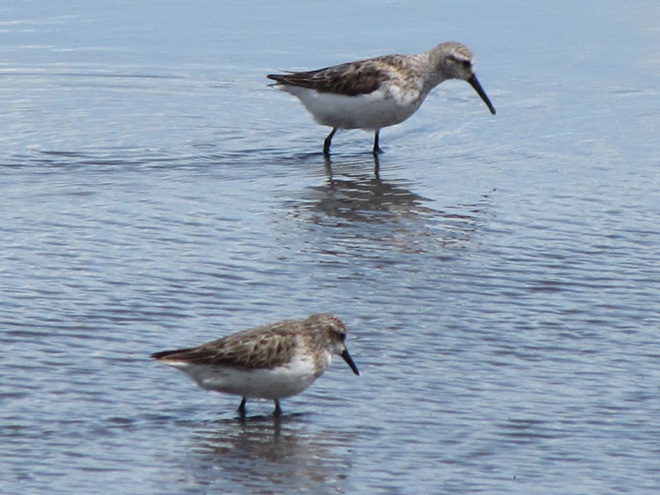
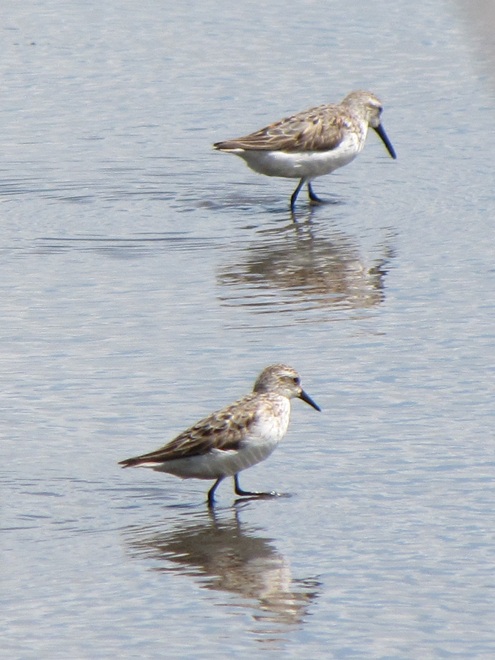
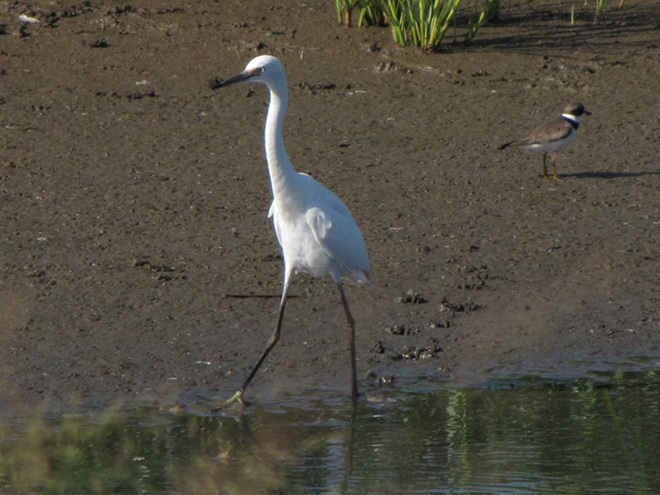
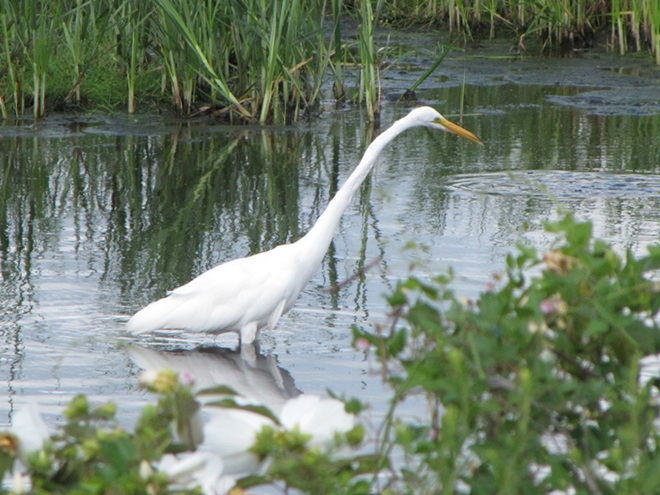
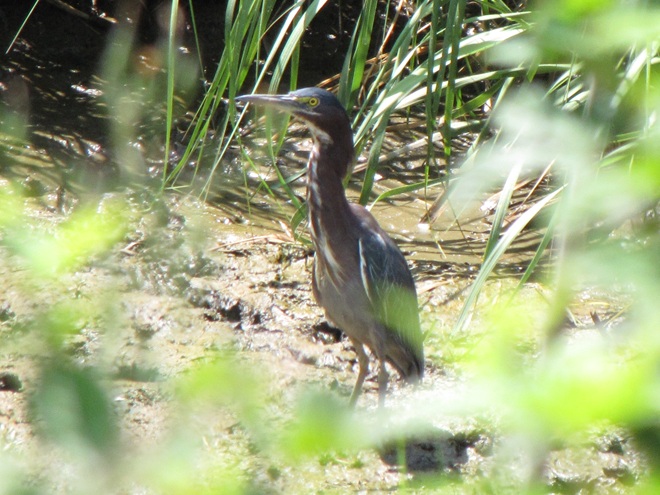
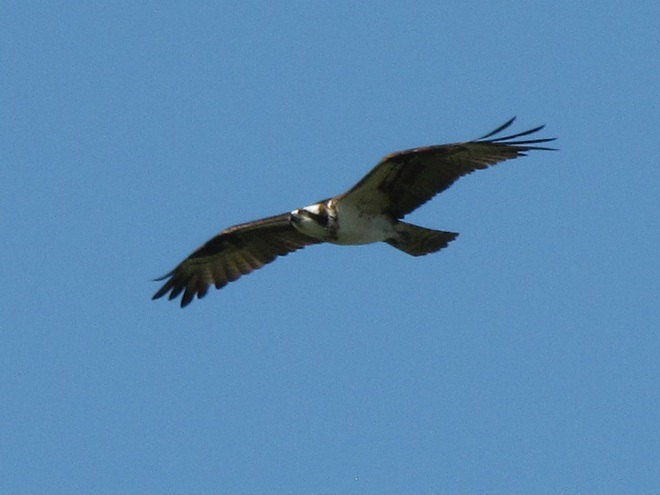
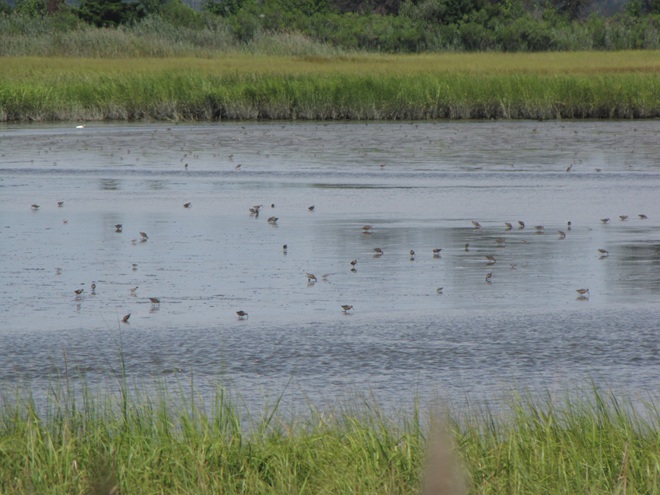
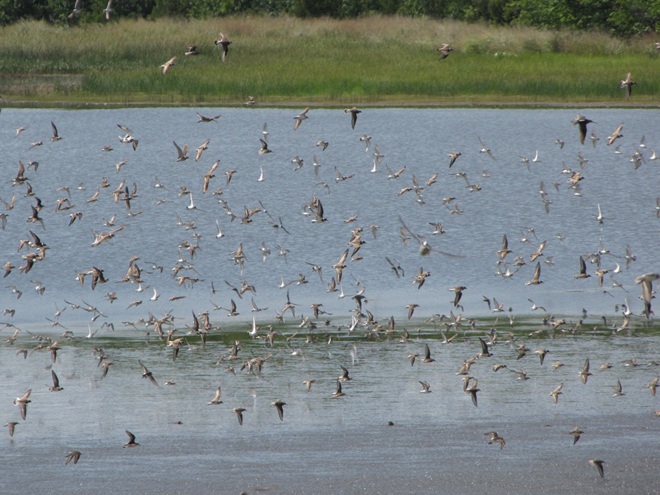
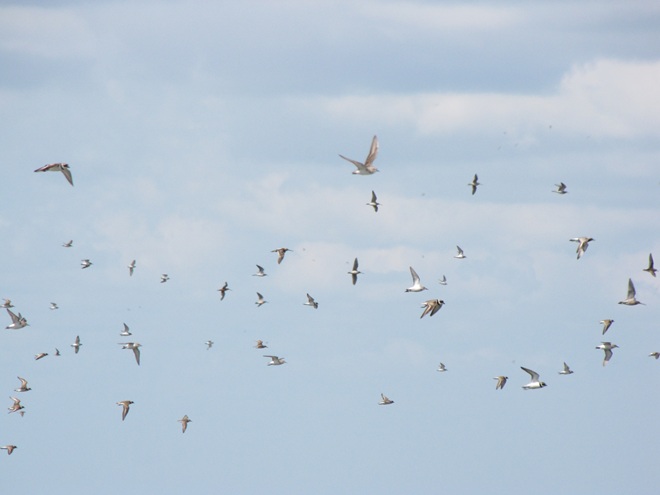
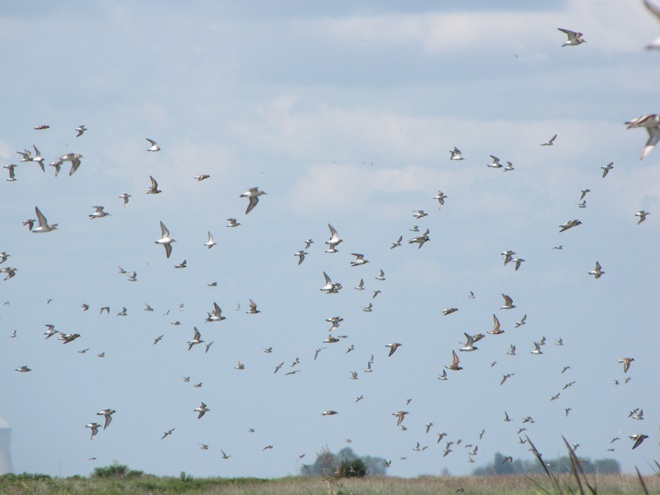
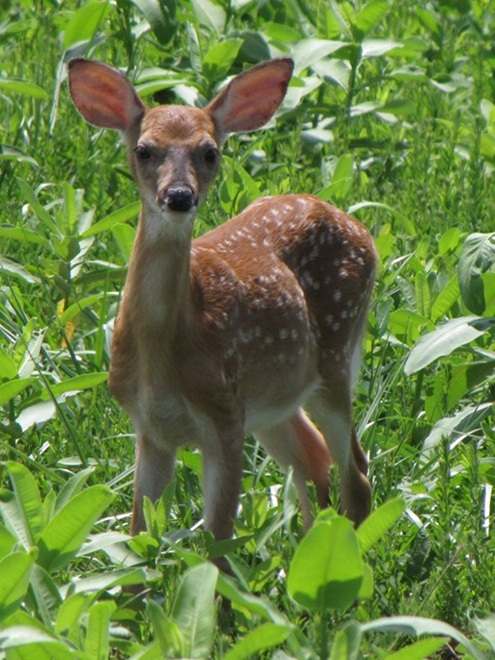
Planning a visit? Here are some upcoming dates with morning high tides to coax the birds out of the tidal estuary and into good light in the freshwater impoundments on the west side of the tour road…
Tuesday, August 19 at approximately 07:00 AM EDT
Wednesday, August 20 at approximately 08:00 AM EDT
Thursday, August 21 at approximately 09:00 AM EDT
Friday, August 22 at approximately 10:00 AM EDT
Saturday, August 23 at approximately 11:00 AM EDT

Here at susquehannawildlife.net headquarters, we really enjoy looking back in time at old black-and-white pictures. We even have an old black-and-white television that still operates quite well. But on a nice late-spring day, there’s no sense sitting around looking at that stuff when we could be outside tracking down some sightings of a few wonderful animals.










Here’s a short preview of some of the finds you can expect during an outing in the Lower Susquehanna River Watershed’s forests this week…





















Let us travel through time for just a little while to recall those sunny, late-spring days down on the farm—back when the rural landscape was a quiet, semi-secluded realm with little in the way of traffic, housing projects, or industrialized agriculture. Those among us who grew up on one of these family homesteads, or had friends who did, remember the joy of exploring the meadows, thickets, soggy springs, and woodlots they protected.

For many of us, farmland was the first place we encountered and began to understand wildlife. Vast acreage provided an abundance of space to explore. And the discovery of each new creature provided an exciting experience.

Today, high-intensity agriculture, relentless mowing, urban sprawl, and the increasing costs and demand for land have all conspired to seriously deplete habitat quality and quantity for many of the species we used to see on the local farm. Unfortunately for them, farm wildlife has largely been the victim of modern economics.
For old time’s sake, we recently passed a nostalgic afternoon at Middle Creek Wildlife Management Area examining what maintenance of traditional farm habitat has done and can do for breeding birds. Join us for a quick tour to remember how it used to be at the farm next door…

















For many animals, an adequate shelter is paramount for their successful reproduction. Here’s a sample of some of the lower Susquehanna valley’s nest builders in action…




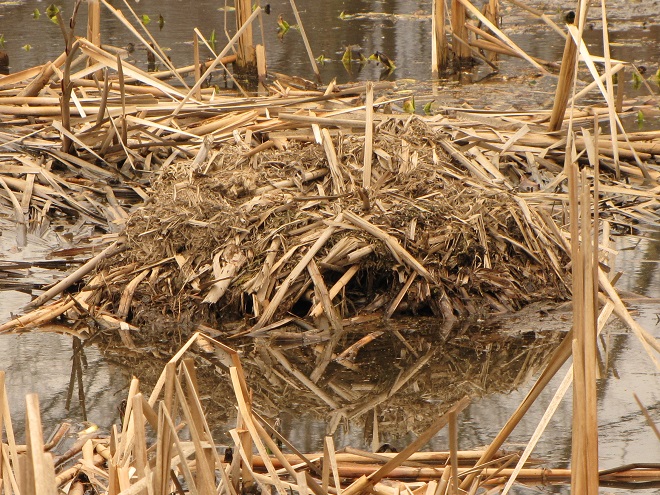















After repeatedly hearing the songs of these Neotropical migrants from among the foliage, we were finally able to get a look at them—but it required persistent effort.














Sometimes we have to count ourselves lucky if we see just one in five, ten, or even twenty of the birds we hear in the cover of the forest canopy or thicket. But that’s what makes this time of year so rewarding for the dedicated observer. The more time you spend out there, the more you’ll eventually discover. See you afield!


Neotropical birds are fairly well acquainted with repetitive periods of thundershowers. With that in mind, we decided not to waste this stormy Tuesday by remaining indoors.












We hope you enjoyed our walk in the rain as much as we did. If you venture out on a similar excursion, please remember this. The majority of the wild animals around us have busy lives, particularly at this time of year. Most don’t take a day off just because it rains—that includes ticks.


Despite what seemed to be a chilly early spring, the bright green leaves that unfold to close the canopy of our deciduous forests were dense and casting shade by the last days of April. For northbound migrants, this fresh foliage provides the cover they need for foraging, resting, and, for those that will stick around to breed in the lower Susquehanna valley, nesting.
We recall many occasions when sparse foliage during the first days of May seemed to delay the big push of Neotropical species, but the seasonal arrival of these birds in 2025 is thus far mostly ahead of schedule. This absence of delay is due in part to the lushness of the oaks. Some stands have not only leafed out, but are finished flowering and have added up to 12 inches of new branch growth. We spent these early hours of May among the oaks. Here’s a look at the Neotropical migrants and other species we found…








The movements of our migratory birds typically continue through much of the month of May. And peak numbers of Neotropical species often occur sometime during the second week of the month. But with habitat at the ready, favorable flight conditions could facilitate quick arrival and/or passage of the bulk of the remaining migrants during the coming week. You may want to venture out sooner rather than later—but watch your step!



In early April of each year, we like to take a dreary-day stroll along the Susquehanna in Harrisburg to see if any waterfowl or seabirds have dropped in for a layover before continuing their journey from wintering waters along the Atlantic seaboard to breeding areas well to our north and northwest. As showers started to subside this Saturday morning past, here are some of the travelers we had the chance to see…








If you want a chance to see these seldom-observed visitors to the lower Susquehanna at Pennsylvania’s capital city, try a morning walk along mid-town’s Riverfront Park from Maclay Street to Forster Street. Also, try a stroll on City Island, particularly to the beach at the north end where you have a view of the mid-river areas upstream. To have better afternoon light, try the river’s west shore along Front Street in Wormleysburg from the Market Street Bridge upstream to Conodoguinet Creek. Once there, be certain to check the river from the Pennsylvania Fish and Boat Commission’s West Fairview Access Area at the mouth of the creek. And don’t be afraid to visit on a gloomy day; you never know what you might find!

SOURCES
Behrens, Ken, and Cameron Cox. 2013. Seawatching: Eastern Waterbirds in Flight. Houghton Mifflin Harcourt Publishing Company. New York, NY.

During Saturday’s Prescribed Fire Demonstration at the Pennsylvania Game Commission’s Middle Creek Wildlife Management Area, we noticed just how fast some species of wildlife return to areas subjected to burns administered to maintain grassland habitat and reduce the risk of high-intensity blazes.







Following the Prescribed Fire Demonstration, we decided to pay a visit to some of the parcels where burns had been administered one week earlier on the north side of Middle Creek’s main impoundment. We found a surprising amount of activity.







With relative humidity readings regularly dipping below 50%, the sunny days of March and early April are often some of the driest of the year. During recent weeks, these measurements have plunged to as low as 20%, levels not often observed in our region. As we’ve seen throughout the lower Susquehanna valley, windy weather and this extraordinarily dry air conspire to create optimal conditions for fast-spreading and often dangerous wildland fires.
On the brighter side, dry weather also provides the opportunity for foresters and other land managers to administer prescribed fire. These controlled burns are thoroughly planned to reduce accumulations of wildfire fuels and invigorate understory growth in forests. Their use also provides a number of effective methods for creating and maintaining wildlife habitats in non-forested areas.

This Saturday, March 22, 2025, crews from the Pennsylvania Game Commission will be hosting a Prescribed Fire Demonstration at Middle Creek Wildlife Management Area in Lancaster/Lebanon Counties. The event begins at 10:00 AM in the refuge’s museum/visitor’s center parking area. A controlled burn to “reset” a parcel with early successional growth back to grassland will follow a presentation on prescribed fire uses, planning, safety, and implementation.






Don’t forget: Middle Creek Wildlife Management Area museum/visitor’s center parking lot on Saturday, March 22, 2025, at 10:00 AM. See you there!







It appears that spring has at last arrived. It’s time to have a look around!



Of the bird species that pass southbound through the lower Susquehanna valley during autumn, we can generally observe many of the surviving individuals as they return north during the spring. But there are numerous exceptions. One of them is Golden Eagles.
While the strong northwest winds of late autumn create ideal lift for migrating Golden Eagles along our linear ridges, they also tend to enhance the birds’ tendencies to “ridge hop” their way south, thus pushing many of them southeast from the main corridor of the eastern population’s route through the central Appalachian Mountains. Here in the lower Susquehanna region, we observe these vagabonds at our numerous hawk watches which happen to be located along the outer periphery of the birds’ primary flight path. It appears that a greater percentage of these wayward eagles tend to be younger, less-experienced birds than those seen passing hawk-counting stations in the central Appalachians. Lucky for us, we get to see more of the showy juvenile and immature Golden Eagles—at least during the fall season.
In the spring, southerly breezes and the urge to “ridge hop” in a northerly direction tend to concentrate Canada-bound migrating Golden Eagles along the northernmost ridges in their Appalachian flyway. To see them, we took a short drive up the Juniata River valley to the 90,000 acres of Rothrock State Forest and Tussey Mountain Hawk Watch. During our visit there earlier this week, gusty winds from the southwest brought us an opportunity to see the elusive northbound flights of some of the members of eastern North America’s population of Golden Eagles.












For more information on the region’s hawk watches and the birds you’ll see there, be certain to click the “Hawkwatchers Helper: Identifying Bald Eagles and other Diurnal Raptors” tab at the top of this page. And for a more detailed look at how to determine the age of Golden Eagles, particularly during the autumn migration, click the “Golden Eagle Aging Chart” tab at the top of this page.
We’ve seen worse, but this winter has been particularly tough for birds and mammals in the Lower Susquehanna River Watershed. Due to the dry conditions of late summer and fall in 2024, the wild food crop of seeds, nuts, berries, and other fare has been less than average. The cold temperatures make insects hard to come by. Let’s have a look at how some of our local generalist and specialist species are faring this winter.


















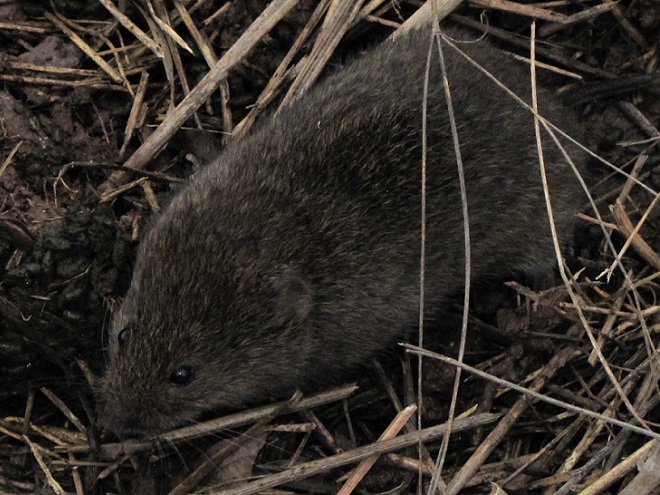


Wildlife certainly has a tough time making it through the winter in the lower Susquehanna valley. Establishing and/or protecting habitat that includes plenty of year-round cover and sources of food and water can really give generalist species a better chance of survival. But remember, the goal isn’t to create unnatural concentrations of wildlife, it is instead to return the landscape surrounding us into more of a natural state. That’s why we try to use native plants as much as possible. And that’s why we try to attract not only a certain bird, mammal, or other creature, but we try to promote the development of a naturally functioning ecosystem with a food web, a diversity of pollinating plants, pollinating insects, and so on. Through this experience, we stand a better chance of understanding what it takes to graduate to the bigger job at hand—protecting, enhancing, and restoring habitats needed by specialist species. These are efforts worthy of the great resources that are sometimes needed to make them a success. It takes a mindset that goes beyond a focus upon the welfare of each individual animal to instead achieve the discipline to concentrate long-term on the projects and processes necessary to promote the health of the ecosystems within which specialist species live and breed. It sounds easier than it is—the majority of us frequently become distracted.


On the wider scale, it’s of great importance to identify and protect the existing and potential future habitats necessary for the survival of specialist species. And we’re not saying that solely for their benefit. These protection measures should probably include setting aside areas on higher ground that may become the beach intertidal zone or tidal marsh when the existing ones become inundated. And it may mean finally getting out of the wetlands, floodplains, and gullies to let them be the rain-absorbing, storm-buffering, water purifiers they spent millennia becoming. And it may mean it’s time to give up on building stick structures on tinderbox lands, especially hillsides and rocky outcrops with shallow, eroding soils that dry to dust every few years. We need to think ahead and stop living for the view. If you want to enjoy the view from these places, go visit and take plenty of pictures, or a video, that’s always nice—then live somewhere else. Each of these areas includes ecosystems that meet the narrow habitat requirements of many of our specialist species, and we’re building like fools in them. Then we feign victimhood and solicit pity when the calamity strikes: fires, floods, landslides, and washouts—again and again. Wouldn’t it be a whole lot smarter to build somewhere else? It may seem like a lot to do for some specialist animals, but it’s not. Because, you see, we should and can live somewhere else—they can’t.

